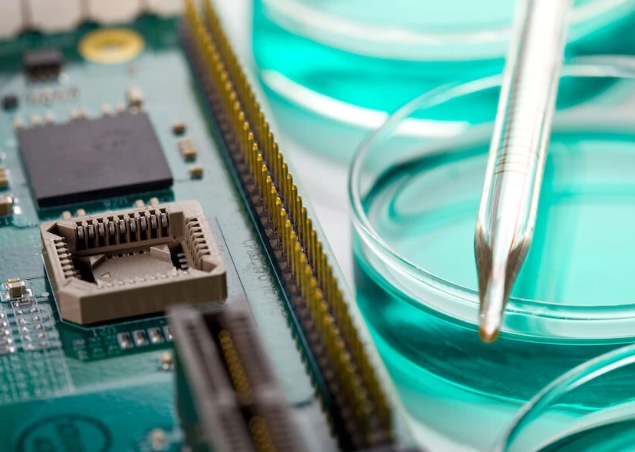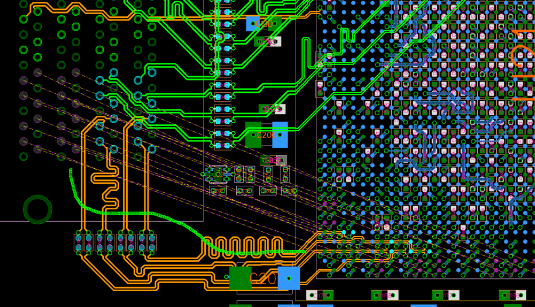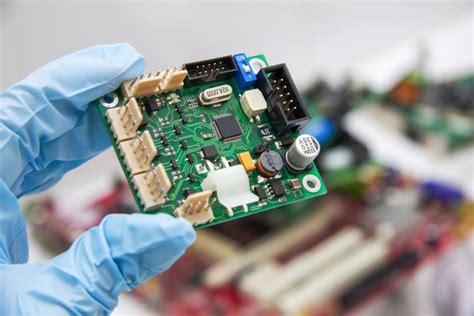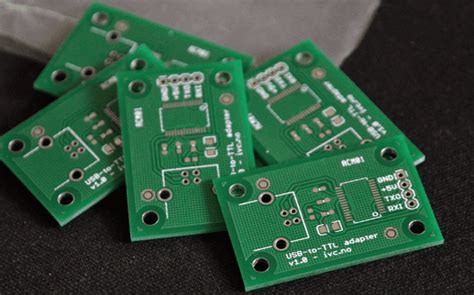The Comprehensive Guide to CMetal Core Welding: Techniques, Applications, and Advancements
Introduction
Welding is a critical process in various industries, from automotive manufacturing to aerospace engineering. Among the many welding techniques available, CMetal Core Welding stands out for its unique advantages and applications. This article delves into the intricacies of CMetal Core Welding, exploring its techniques, applications, benefits, and recent advancements.
What is CMetal Core Welding?
CMetal Core Welding, also known as Metal-Cored Arc Welding (MCAW), is a welding process that uses a tubular wire filled with metallic powders and alloys. Unlike traditional solid wire welding, the metal core wire contains flux and other materials that enhance the welding process. This method combines the benefits of both Gas Metal Arc Welding (GMAW) and Flux-Cored Arc Welding (FCAW), offering improved weld quality, higher deposition rates, and greater versatility.
Key Characteristics of CMetal Core Welding
- Tubular Wire Electrode: The wire used in CMetal Core Welding is hollow, filled with metallic powders, alloys, and sometimes flux.
- Shielding Gas: Typically, a mixture of argon and carbon dioxide is used to protect the weld pool from contamination.
- High Deposition Rates: The process allows for faster welding speeds and higher deposition rates compared to traditional solid wire welding.
- Improved Weld Quality: The metallic core enhances the mechanical properties of the weld, resulting in stronger and more durable joints.
Techniques in CMetal Core Welding
1. Preparation and Setup
Before starting the welding process, proper preparation is essential. This includes:
- Cleaning the Base Metal: Ensure the base metal is free from rust, oil, and other contaminants.
- Selecting the Right Wire: Choose a metal-cored wire that matches the base metal and the desired weld properties.
- Setting Up the Shielding Gas: Use the appropriate gas mixture (usually 75% argon and 25% CO2) and ensure proper flow rates.
2. Welding Parameters
The success of CMetal Core Welding depends on setting the right parameters:
- Voltage and Amperage: Adjust the voltage and amperage based on the thickness of the base metal and the welding position.
- Wire Feed Speed: Control the wire feed speed to achieve the desired deposition rate and weld bead profile.
- Travel Speed: Maintain a consistent travel speed to ensure even heat distribution and avoid defects like porosity or undercutting.
3. Welding Positions
CMetal Core Welding is versatile and can be performed in various positions, including:
- Flat Position: Ideal for high deposition rates and thick materials.
- Horizontal Position: Suitable for fillet welds and horizontal joints.
- Vertical and Overhead Positions: Requires careful control of parameters to prevent sagging or excessive spatter.
4. Post-Welding Procedures
After welding, it’s important to:
- Inspect the Weld: Check for defects such as cracks, porosity, or incomplete fusion.
- Clean the Weld: Remove any slag or spatter to ensure a clean finish.
- Perform Post-Weld Heat Treatment (PWHT): If necessary, apply heat treatment to relieve residual stresses and improve mechanical properties.
Applications of CMetal Core Welding
CMetal Core Welding is widely used in various industries due to its versatility and efficiency. Some of the key applications include:
1. Automotive Industry
In the automotive sector, CMetal Core Welding is used for:
- Body Assembly: Joining sheet metal components with high precision and strength.
- Frame Construction: Welding chassis and frame components that require high durability.
- Exhaust Systems: Creating leak-free joints in exhaust pipes and mufflers.
2. Construction and Infrastructure
In construction, CMetal Core Welding is employed for:
- Structural Steelwork: Welding beams, columns, and other structural elements.
- Bridge Construction: Joining large steel sections that require high strength and fatigue resistance.
- Pipeline Welding: Ensuring strong and reliable joints in oil and gas pipelines.
3. Shipbuilding
The shipbuilding industry benefits from CMetal Core Welding in:
- Hull Construction: Welding thick steel plates to form the ship’s hull.
- Deck and Superstructure: Joining deck plates and superstructure components with high precision.
- Repair and Maintenance: Performing repairs on ships with minimal downtime.
4. Aerospace Industry
In aerospace, CMetal Core Welding is used for:
- Aircraft Frames: Welding lightweight yet strong materials like aluminum and titanium alloys.
- Engine Components: Joining high-temperature alloys used in jet engines.
- Satellite Structures: Creating precise and reliable welds in satellite components.
5. Heavy Equipment Manufacturing
CMetal Core Welding is also prevalent in the manufacturing of heavy equipment, such as:
- Excavators and Bulldozers: Welding thick steel plates and components that withstand heavy loads.
- Cranes and Lifting Equipment: Ensuring strong and durable welds in critical load-bearing structures.
- Agricultural Machinery: Joining components that require resistance to wear and tear.
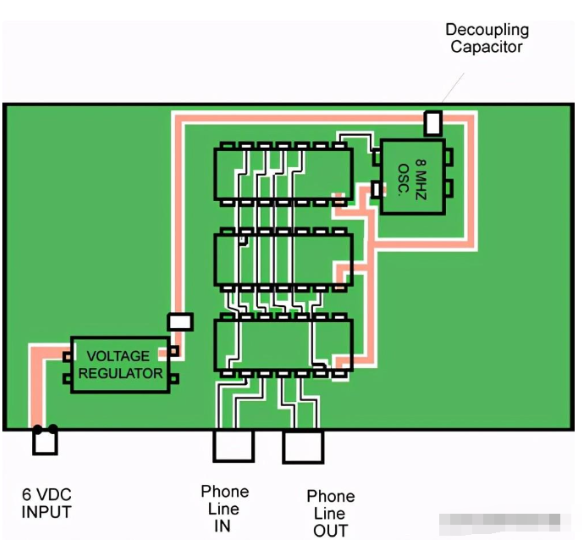
Advantages of CMetal Core Welding
CMetal Core Welding offers several advantages over traditional welding methods:
1. Higher Deposition Rates
The tubular wire design allows for higher deposition rates, enabling faster welding speeds and increased productivity.
2. Improved Weld Quality
The metallic core enhances the mechanical properties of the weld, resulting in stronger and more durable joints with fewer defects.
3. Reduced Spatter
CMetal Core Welding produces less spatter compared to traditional solid wire welding, leading to cleaner welds and reduced post-weld cleanup.
4. Versatility
This welding method can be used with a wide range of materials, including carbon steel, stainless steel, and high-strength alloys.
5. Better Penetration
The process provides excellent penetration, making it suitable for welding thick materials and achieving strong, deep welds.
6. Cost-Effectiveness
Despite the initial cost of the metal-cored wire, the overall cost is often lower due to increased productivity and reduced rework.
Challenges and Limitations
While CMetal Core Welding offers numerous benefits, it also has some challenges:
1. Higher Initial Cost
The metal-cored wire is more expensive than traditional solid wire, which can increase the initial cost of the welding process.
2. Requires Shielding Gas
Unlike flux-cored welding, CMetal Core Welding requires an external shielding gas, which adds to the complexity and cost.
3. Limited to Certain Positions
While versatile, CMetal Core Welding may not be suitable for all welding positions, particularly overhead or vertical-down welding.
4. Skill Requirement
The process requires skilled operators to set the correct parameters and achieve high-quality welds.
Recent Advancements in CMetal Core Welding
The field of CMetal Core Welding has seen significant advancements in recent years, driven by the need for higher efficiency, better weld quality, and reduced environmental impact. Some of the notable advancements include:
1. Advanced Wire Formulations
New metal-cored wires have been developed with improved alloy compositions, offering better mechanical properties, reduced spatter, and enhanced weldability.
2. Automated Welding Systems
The integration of robotics and automation in CMetal Core Welding has led to increased precision, consistency, and productivity. Automated systems can perform complex welds with minimal human intervention.
3. Digital Monitoring and Control
Modern welding equipment now features digital controls and monitoring systems that allow for real-time adjustments of welding parameters. This ensures optimal weld quality and reduces the likelihood of defects.
4. Eco-Friendly Shielding Gases
Research is ongoing to develop more environmentally friendly shielding gases that reduce greenhouse gas emissions without compromising weld quality.
5. Hybrid Welding Techniques
Combining CMetal Core Welding with other welding methods, such as laser welding, has resulted in hybrid techniques that offer even higher deposition rates and better weld quality.

Conclusion
CMetal Core Welding is a versatile and efficient welding process that offers numerous advantages over traditional methods. Its ability to produce high-quality welds with minimal defects makes it a preferred choice in various industries, from automotive manufacturing to aerospace engineering. While there are some challenges, ongoing advancements in wire formulations, automation, and digital control are continually improving the process.
As industries continue to demand higher efficiency and better weld quality, CMetal Core Welding is likely to play an increasingly important role in the future of welding technology. Whether you’re a seasoned welder or new to the field, understanding the techniques, applications, and benefits of CMetal Core Welding can help you achieve superior results in your welding projects.


